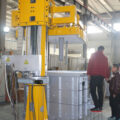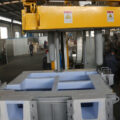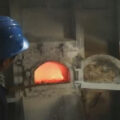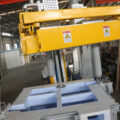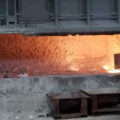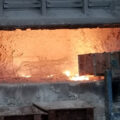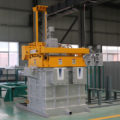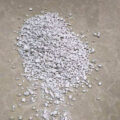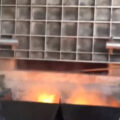After the adjustment of the molten metal composition is completed, the next step is the refining process of molten aluminum. The purpose of aluminum alloy refining is to obtain high cleanliness and low gas content alloy liquid after taking degassing and impurity removal measures. There are several methods for refining:
Add chloride (ZnCl2, MnCl2, AlCl3, C2Cl6, TiCl4, etc.); aeration method (into N2, Cl2 or a mixture of N2 and Cl2); vacuum treatment method; add non-toxic refining agent method; ultrasonic treatment.
According to its principle, the refining process has two functions: to dissolve hydrogen, it mainly depends on the diffusion effect to make hydrogen out of the aluminum liquid; to the inclusion of oxide, it is mainly removed by the adsorption of the surface of the medium such as flux or bubbles.
Refining Process of Molten Aluminum
Generally, the float method is used for degassing. The principle of AdTech inline degassing unit is that a gas containing no hydrogen is introduced into the aluminum liquid to generate bubbles. These bubbles are used to bring the dissolved hydrogen out of the aluminum liquid during the ascent process and escape into the atmosphere. In order to obtain a better refining effect, the iron pipe into which the gas is introduced should be pressed into the depth of the molten pool as far as possible. The lower end of the iron pipe is 100mm to 150mm away from the bottom of the crucible, so as to lengthen the stroke of the bubbles floating, and at the same time, it will not sink to the aluminum The inclusions at the bottom of the liquid are stirred up.
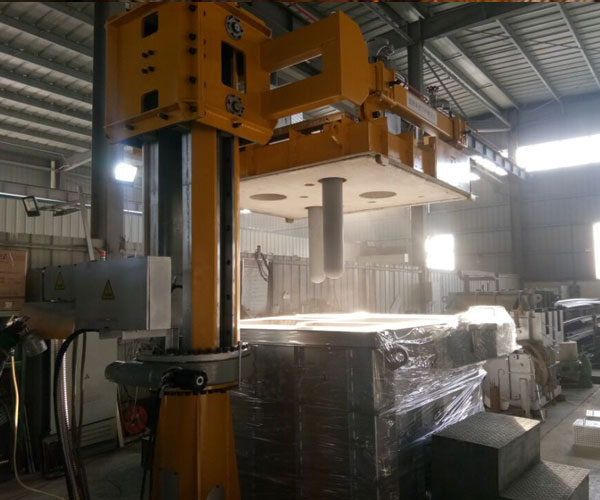
When the gas is introduced, the iron pipe should be moved slowly laterally in the aluminum liquid to allow bubbles to pass through the molten pool. Use as low aeration pressure and speed as possible, because the bubbles formed in this way are smaller, expanding the surface area of the bubbles, and because the bubbles are small, the floating speed is also slow, so more inclusions and gases can be removed.
At the same time, in order to ensure a good refining effect, the selection of refining temperature should be appropriate. If the temperature is too high, the generated bubbles are larger and quickly float, which makes the refining effect worse. When the temperature is too low, the viscosity of the aluminum liquid is large, which is not conducive to the exhaust of the gas in the aluminum liquid and also reduces the refining effect.
Ultrasonic treatment of aluminum liquid can also effectively degas. Its principle is that by introducing elastic waves into the aluminum liquid, the phenomenon of “holes” is caused in the aluminum liquid, which destroys the continuity of the aluminum liquid structure, and generates countless microscopic vacuum holes that dissolve in the aluminum liquid. Hydrogen quickly escapes into these cavities to become the core of the bubble, and continues to grow out of the aluminum liquid in a bubble shape to achieve the refining effect.


